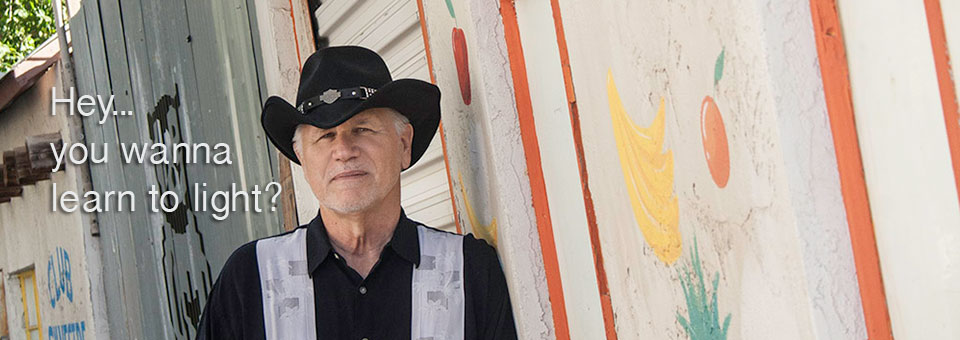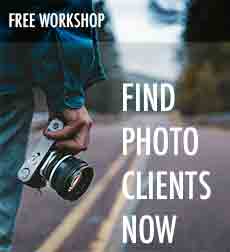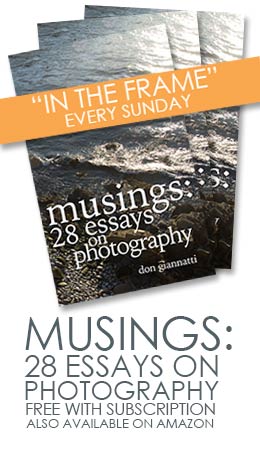It’s February 1, 2014.
This begins the “Year of Teaching” for me. I may or may not be doing any workshops, but I love to teach so here goes.
What this year long series will be:
A comprehensive look at what I call “Subject Centric Lighting” – the understanding that the characteristics of the subject have a great deal of influence over the way different light sources react with and present from the subject. Whether or not a specific light or modified light will work with a specific subject has as much to do with the subject as it does the light.
We will be covering natural light, studio light, and lighting on location. Our subject matter will range from still life and food to portraiture and product. And we will throw some curve balls occasionally.
Assignments come out every Saturday morning… things to see, things to do, things to read. If you are diligent and committed, you will be a much better photographer at the end of this exercise. We will not be grading anything here… this is YOUR chance to push forward. Push beyond procrastination and malaise and into the exciting world of imagery.
For the basis of my discussions here I will be using the techniques discussed in both of my books, Lighting Essentials and Lighting Essentials Two (available on Amazon).
We will start with an basic understanding of light and subjects and begin to shoot specific assignments based on the methods and techniques that are discussed.
What this year is not:
A discussion on speed lights, or any other specific kind of lighting gear. We will be discussing lighting, and that includes speedlights, natural light, tungsten lights, studio flash and fluorescent units as well.
Nor will we be discussing wedding photography. There are more than enough websites, books, classes and online presentations on wedding photography.
What you will need:
- A camera with controls… your controls. DSLR’s, Mirrorless, MFT’s… whatever.
- A working knowledge of your camera; Setting the apertures, shutter speeds and ISO.
- A familiarity with what is called reciprocity… the shutter speed/aperture relationship and how ISO can be included.
- A light.
- Light stand.
- An umbrella or softbox for the light
- Tripod… while of course you can shoot handheld, having a tripod makes taking the notes and working with the notes much easier.
- Enthusiasm. This is supposed to be fun.
We start tomorrow… so be prepared for a really fun and exciting year.
Jump in any time… no need to begin at any special time… the classes are free and they are specifically geared to people who want to understand light and make better images.






I’m new to your blog. My photo mentor, Ray Ketcham recommended that I check out your course. So I’m looking forward to these posts. Is there a way to subscribe to this blog?
Ken,
You can subscribe to the RSS feed by clicking on the orange looking button on the right (next to the Facebook, Google+, Twitter, LinkedIn, YouTube icons). I personally use Feedly to subscribe to this blog’s RSS feed.
Good luck,
Ben
Thanks, I found it at http://project52.org/project-52-essentials-group/
I don’t see Lighting Essentials Two up on Amazon. A forthcoming title?
If you’re thinking of getting away this winter you owe it to yourself to consider Cocoa beach. This small beach community offers great accommodations and a wide variety of attractions for just about any visitor.Lighting Basics: The Introduction | ESSENTIALS For Photographers
looking forward to that…thanks Don
Stopped by to see if and when you were going to hold your workshop in Phoenix this year – I guess I have put off taking it for too long. I am looking forward to this. I have your Lighting Essentials book (Brianna on the cover definitely caught my eye) and will look for #2.